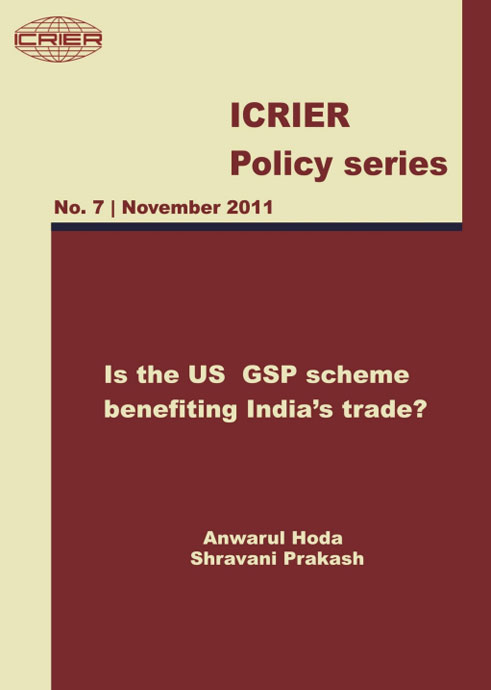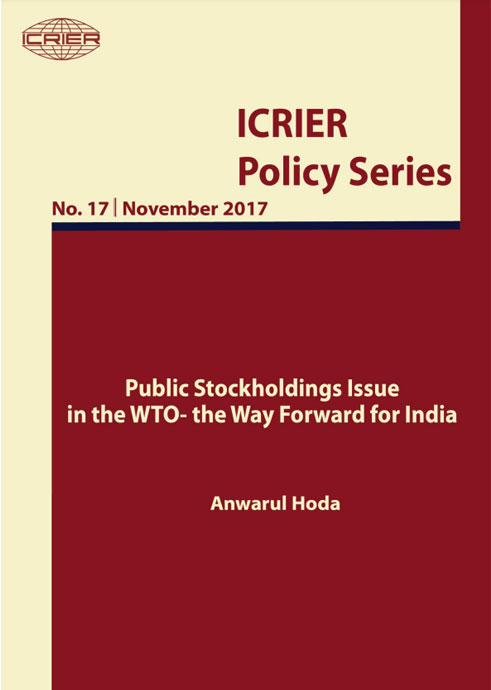
The analysis of the operation of the US GSP scheme since it was introduced in 1976 reveals that although it has the potential to stimulate imports from developing countries, the structural deficiencies of the scheme have prevented it from making more than a nominal overall impact. The study identifies these shortcomings as limited product coverage, the competitive need limitations, discretionary decision making on specific aspects, requirement of reciprocity and the existence of several unilateral preferential schemes at the same time. However, it also makes the assessment that in the current environment of aggressive pursuit by the administration of reciprocal concessions from developing country trading partners, any suggestion for elimination of these inadequacies is likely to prove fruitless. The reduction in MFN tariffs after successive rounds of multilateral trade negotiations has eroded the margin of preference and diminished the value of the GSP concessions. The simple average of MFN tariffs on non-agricultural products has come down to 3.2 per cent after the Uruguay Round. If there is eventual accord in the Doha Round, the range of MFN tariffs of 6 to 10 per cent will stand lowered to between 3.4 and 4.4 per cent. As a consequence, preferences under the GSP would largely pass into an era of near irrelevance. Despite the gloomy outlook at present, it would be worthwhile to persevere with it rather than make futile attempts to convince the USA of the need to make far-reaching improvements in its unilateral preferences.






